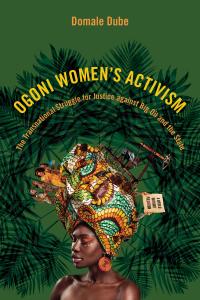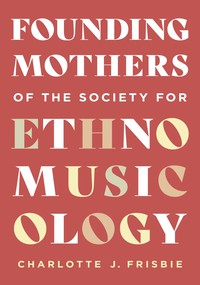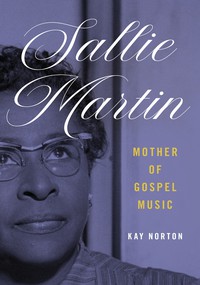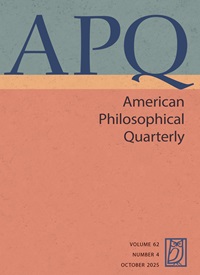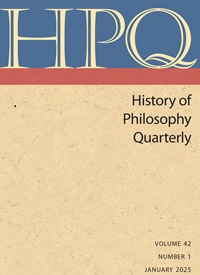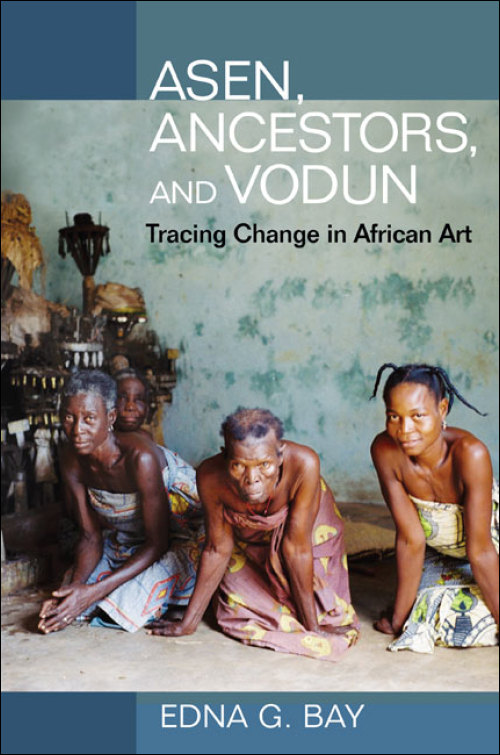
Asen, Ancestors, and Vodun
About the Book
Lavishly illustrated with field photographs, Asen, Ancestors, and Vodun tells the remarkable history of the rise and decline of the sculptural tradition of ancestral asen in southern Benin. Asen, canonical metal art objects that are created to honor the spirits of ancestors and vodun deities, are meeting points in which visible and spiritual worlds interact. Richly decorated with a variety of human, animal, and plant motifs that illustrate proverbs and other highly inventive oral arts, ancestral asen reflect the relationship between the living and the dead through visual and verbal references to the deceased.Drawing on extensive fieldwork in the former Kingdom of Dahomey, Edna G. Bay traces more than 150 years of transformations in the manufacture and symbolic meanings of asen against the backdrop of a slave-raiding monarchy, domination by French colonialism, and postcolonial political and social change. Bay expertly reads evidence of the area's turbulent history through analysis of asen motifs as she describes the diverse influences affecting the asen production process--from the point of their probable invention to their current decline in use. Paradoxically, asen represent a sacred African art form, yet are created using European materials and technologies and are embellished with figures drawn from tourist production. Bay's meticulously researched artistic and historical study is a fascinating exploration of creativity and change within Benin's culture.
About the Author
Edna G. Bay is Professor of Interdisciplinary and African Studies in the Graduate Institute of the Liberal Arts at Emory University. She is the author of Wives of the Leopard: Gender, Politics, and Culture in the Kingdom of Dahomey and numerous articles on southern Benin.Reviews
"In this nuanced extended essay, Bay demonstrates the social processes through which an object type can both reflect and structure devotional practice embedded within political economy, changing over time. . . . Recommended."--Choice“Edna Bay paints a dense landscape of Dahomey during the precolonial, colonial, and postcolonial period through the lens of the asen . . . . In all, this valuable asen study offers a comprehensive account of the shifts in political, socioeconomic, and religious thought in Ouidah and beyond over 150 years.”--International Journal of African Historical Studies
Blurbs
"Asen, Ancestors, and Vodun is a fascinating and insightful study of the life and social history of asen, a disappearing West African art form. Elegantly written, Bay's study has tremendous wide-ranging appeal that includes all those interested in African history, material culture, art history, and visual culture."--Henry John Drewal, author of Beads, Body, and Soul: Art and Light in the Yoruba Universe
"The great strength of Asen, Ancestors, and Vodun is that Bay explores the history of one particular object through time, a recent trend in African art studies. As an historian, she is able to embed the course of asen through time in relationship to social and political and economic change that occurred in the country. This invaluable book is almost as much a history of the city of Abomey in Benin as it is a study of one object."--Simon Ottenberg, editor of The Nsukka Artists and Nigerian Contemporary Art
